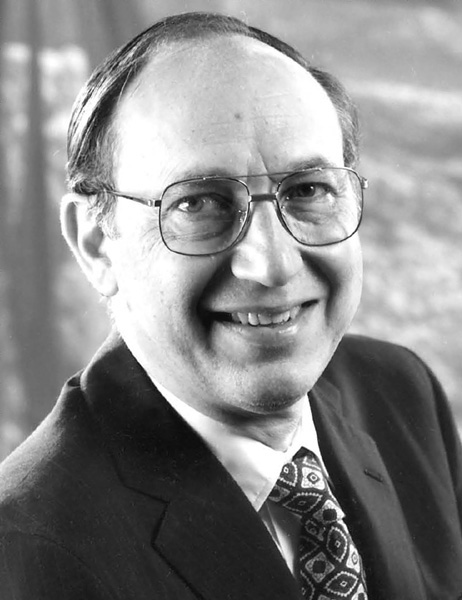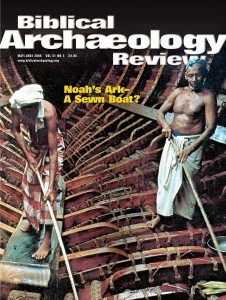
In the mid 1960s three major international art collectors—Walter Chrysler, Algur Meadows and John Bass—were told that that their collections were riddled with forgeries. The art market was in turmoil. Someone, some entity, some disinterested party, some objective expertise was needed to study the questioned paintings and determine whether or not they were forgeries.
And so, in 1969, the International Foundation for Art Research (IFAR) was formed “to fill a need for an impartial, scholarly body ... to research and authenticate works of art.” “Until now,” said Dr. Harry Bober of New York University’s Institute of Fine Arts and one of the IFAR founders, “there’s been no organized body to channel information and impartial expertise.” Now, 35 years later, IFAR is still going strong, offering “impartial and authoritative information on authenticity.” According to its website, IFAR has earned a reputation for “objectivity, scholarship and independence.” Over the years it has written authentication reports on more than 700 art objects and reviewed thousands of others.
Sounds like something the world of Near Eastern antiquities could use. Anyone want to organize one? If so, prepare for obstacles. See below.
Already a library member? Log in here.
Institution user? Log in with your IP address.

